Our Core Services
Logo Design: Creating Memorable Brand Marks That Stand the Test of Time
Have you ever thought about why some logos remain in your memory while others disappear? Logo design stands at the intersection of art and strategy as the visual backbone of your brand identity. Small businesses and startups tend to underappreciated the power of a well-crafted logo, seeing it as merely another checkbox on their branding checklist. But this essential brand building block says a lot about what you are before you say a single word to potential clients.
In this article, we will discuss the key ingredients for great logo design, from idea generation to delivery, and offer practical steps to design or order a logo that accurately reflects your business values and resonates with your target market.
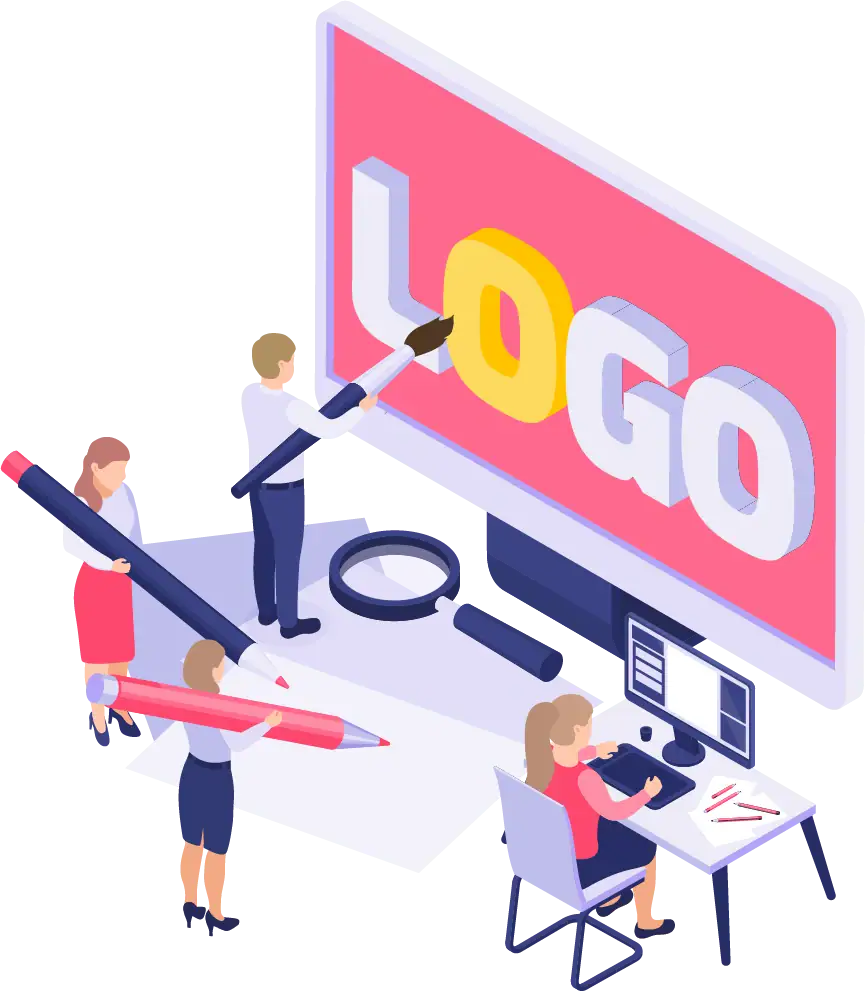
Table of Content
What is Logo Design?
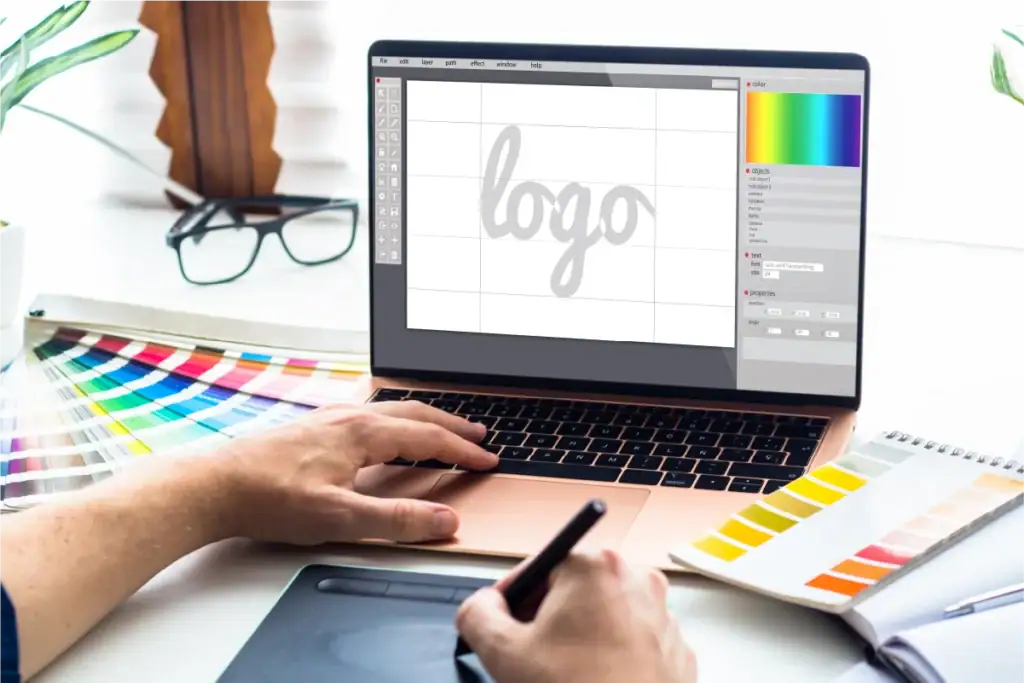
Logo design is a process of developing an image mark that embodies your brand’s personality, values, and identity. It’s more than just doodling a nice-looking mark or stamping your company name with a cool font. An effective logo design process requires thinking ahead, doing market research, and meticulous execution to come up with a visual shortcut that describes your brand’s character instantly.
Unlike other areas of graphic design, logo design is all about designing a single, iconic mark that functions on every platform and touchpoint. The mark should be simple enough to be legible in different sizes but unique enough to make your brand stand out in an over-saturated market.
Why It Matters for Your Brand or Business
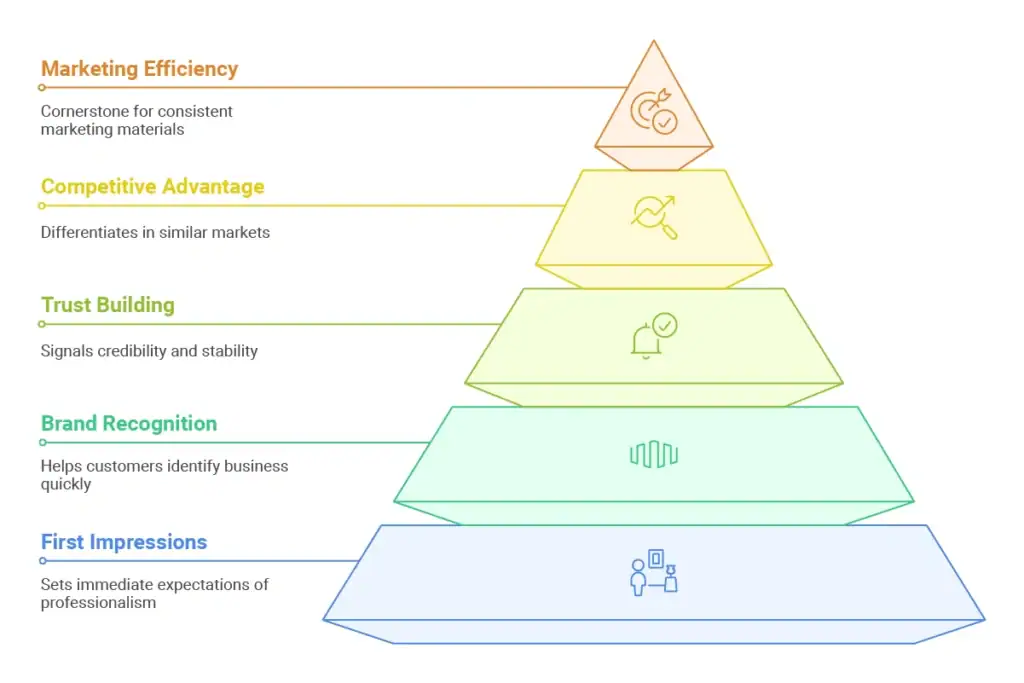
The effects of responsible logo design go well beyond looks. Here’s the way that investing in quality logo design is worth it for your business:
First Impressions
Your logo tends to be the first interaction between your brand and consumers, creating instant impressions of your professionalism and quality.
Brand Recognition
A unique logo makes it easy for customers to instantly recognize your business within a sea of competitors, creating the visual recognition that drives brand recall.
Building Trust
Professional logo design conveys credibility and stability to reassure customers they're in an established company's hands.
Competitive Advantage
In an environment where products or services are comparable, a solid logo can be the edge that sways customer choices in an upward direction.
Small businesses that spend money on expert logo design usually experience more robust brand recognition, enhanced customer perception, and a higher return on marketing efforts when compared to businesses using generic or ill-conceived logos.
Stand Out in the Market—Create Your Memorable Logo.
Key Concepts in Logo Design
Visual Simplicity with Strategic Depth
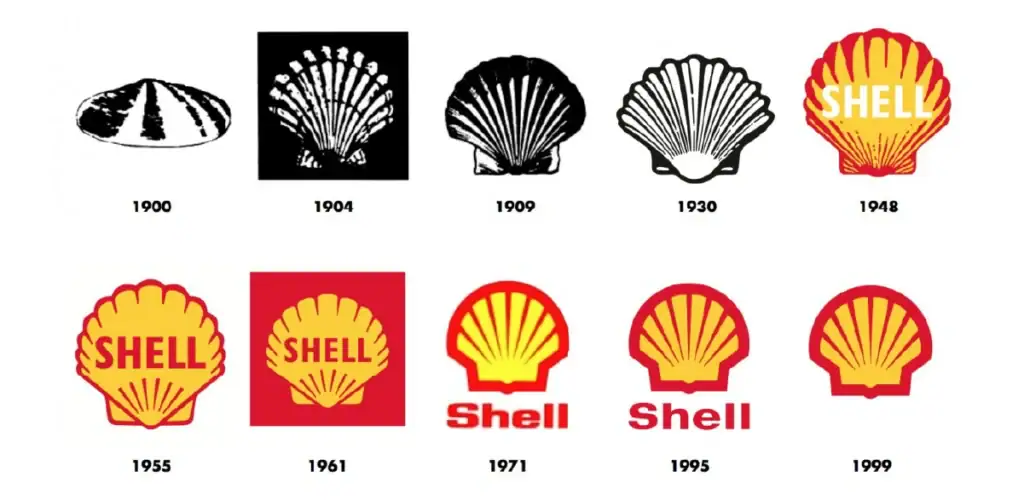
The greatest logos achieve a balance of simplicity and meaning. Take Nike’s swoosh or Apple’s apple—both drawn simply but full of strategic significance. Simple logos are more functional, working well across a range of uses from tiny mobile icons to billboard-sized signage. They are also more memorable, as the human mind can recall and process simpler forms more easily than more complicated ones.
For a small business, that means highlighting clean, distinctive designs rather than trying to say everything about your business in one mark.
Color Psychology and Strategic Selection
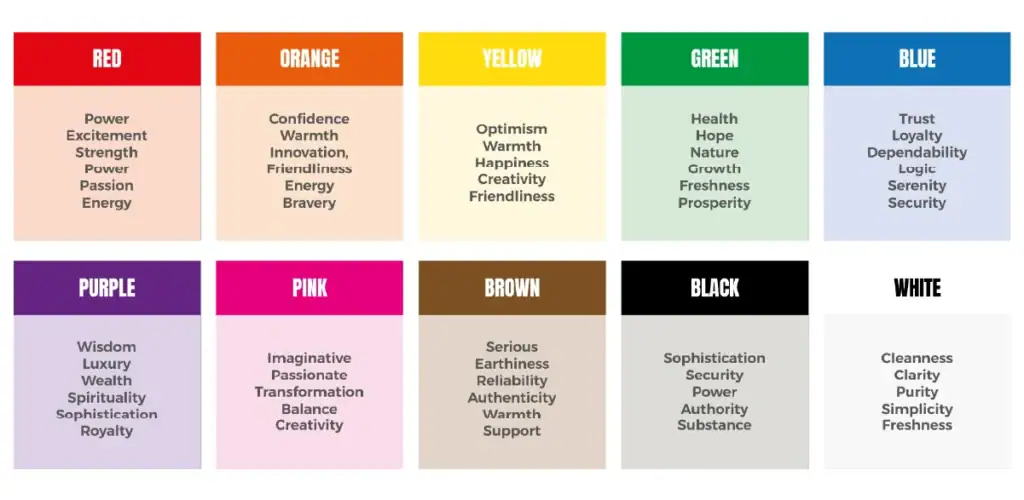
Colors invoke particular feelings and connotations, so your color scheme for your logo is an important strategic decision. Blue invokes trust and dependability (Facebook, PayPal), red energy and enthusiasm (Netflix, Virgin), while green tends to denote growth and health (Whole Foods, Animal Planet).
Your choice of logo color must be consistent with your brand personality and industry standards while factoring in functional uses. Successful logos have a narrow color palette (1-3 colors) and function well in black and white to optimize visual flexibility across all uses.
Typography as Brand Voice
For text-inclusion logos (logotypes or combination marks), typography choice is tantamount to deciding the voice of your brand. Serif fonts (such as Times New Roman) tend to express tradition and trustworthiness, sans-serif fonts (such as Helvetica) convey modernity and readability, and script fonts can express elegance or imagination.
Typography choice is not merely about looks—it’s about being readable and recognizable at all sizes and uses. Proper typography sets a unique visual mood that enhances your brand stance and values.
Versatility and Scalability
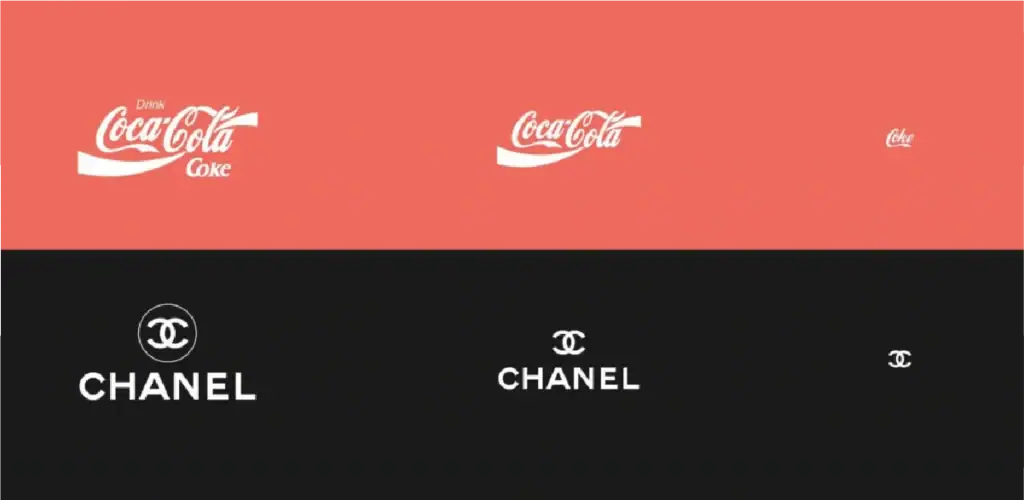
An effective logo functions well in every conceivable application—down to a small website favicon and up to big-format signage. This functional requirement means that designs have to hold their own and remain recognizable in any size or form.
For digital-native companies, this means making sure your logo is effective on screens of different sizes and resolutions. For product-based or location-based companies, your logo needs to similarly translate well to packaging, signs, uniforms, and other physical manifestations of your brand.
Timelessness vs. Trends
While fashion trends are transitory, successful logos find harmony between being up to date and yet being ageless. Trend-oriented logos tend to need expensive overhauls as styles evolve, while too cautious designs end up being old-fashioned from the beginning.
The most effective logos develop gradually over time (such as Coca-Cola or Shell) instead of needing drastic overhauls. This gradualistic strategy preserves brand familiarity without allowing the visual identity to become stagnant.
Step-by-Step Guide to Effective Logo Design
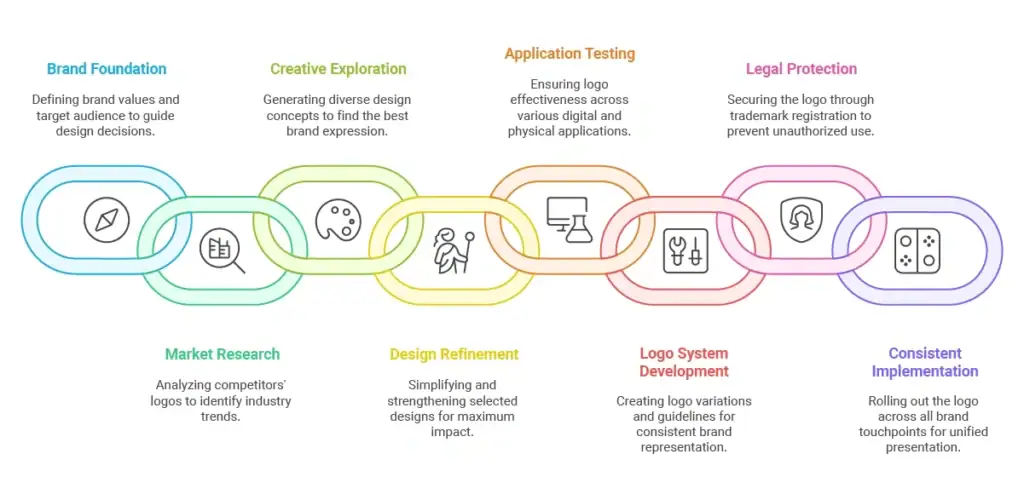
Whether you’re hiring a professional designer or designing your logo internally, knowing the logo design process ensures you get an effective result. Here’s a usable framework:
Define Your Brand Foundation
Before design work starts, clearly define your brand values, personality, target audience, and positioning. This strategic foundation informs all design decisions and ensures your logo fits with your overall brand strategy.
Research Your Market
Compare competitors' logos to see the visual landscape in your sector. Look for trends to either follow (for instant category identification) or subvert (for distinction).
Explore Creative Concepts
Develop several design ideas from your brand foundation. This exploratory phase should experiment with multiple methods—symbolic, typographic, illustrative—to arrive at the best expression of your brand.
Test Across Applications
Test your logo on all possible applications—digital and physical—before finalizing to check consistency and effectiveness. This involves seeing how the logo works in different sizes, formats, and situations.
Implement Consistently
Implement your new logo uniformly across all touchpoints, ranging from digital marketing channels to tangible materials, with an overall uniform brand representation.
Develop Logo System
Apart from the master logo, create variations (horizontal, vertical, icon-only) and usage guidelines. This system-based method guarantees sameness across every touchpoint.
Protect Your Investment
After completion, lawfully safeguard your logo by filing an appropriate trademark registration to discourage others from making it their own.
Refine Selected Directions
Select the best concepts and refine them. This is done by simplifying, clarifying, and beefing up the design elements to achieve the best mark.
Elevate Your Brand Identity—Start Your Logo Journey Today!
Recommended Tools and Resources
For companies embarking on logo design, a number of tools and resources are available to aid the process:
Professional Design Partnerships
For companies requiring bespoke, strategic logo design, collaborating with seasoned brand identity experts offers the greatest degree of expertise and customized outcomes.
Design Platforms
Platforms such as 99designs or Upwork match companies with independent designers at multiple pricing tiers, providing greater customization than DIY software.
DIY Design Tools
Resources such as Canva or Adobe Express offer template-based logo makers appropriate for very early-stage businesses with minimal budgets, though with great restrictions on originality and strategic depth.
Font Resources
Products such as Adobe Fonts, Google Fonts, or MyFonts provide wide typographical choices for logo design, both in free and paid options.
The right strategy will be determined by your budget, timeline, and the strategic value of your logo in your overall brand strategy.
Common Logo Design Pitfalls
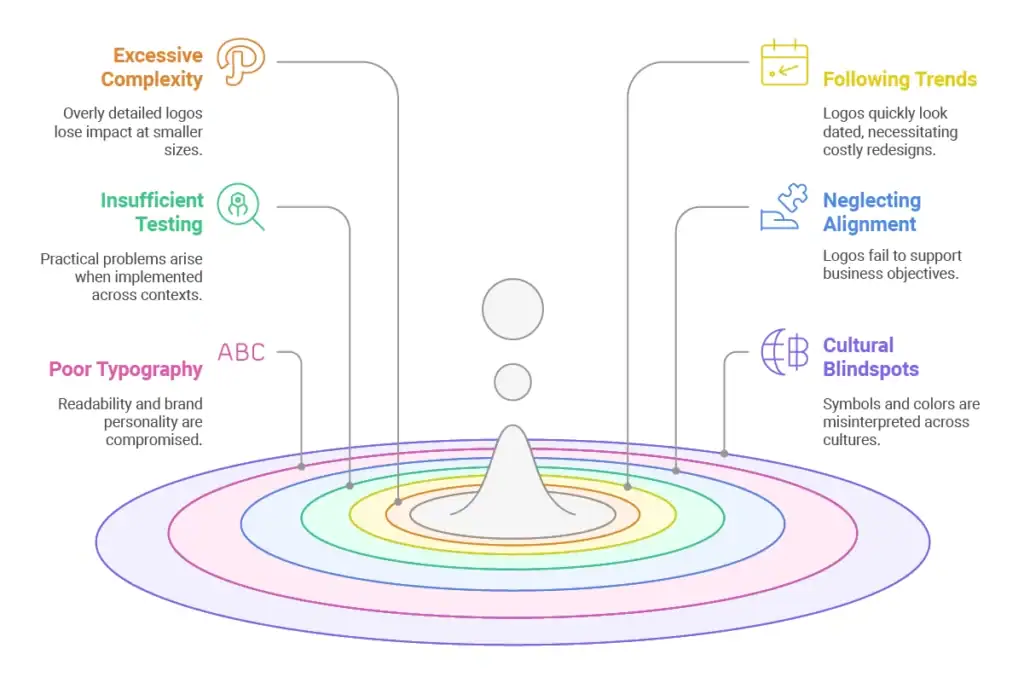
Steer clear of these common pitfalls during the logo design process:
Excessive Complexity
Highly detailed logos fall apart at small sizes and are less likely to be remembered. Strive for simplicity without sacrificing distinctiveness.
Following Fleeting Trends
Creating logos according to latest fads has the result of producing logos which soon become outdated and require expensive redesigns.
Following Fleeting Trends
Creating logos according to latest fads has the result of producing logos which soon become outdated and require expensive redesigns.
Insufficient Testing
Not testing logos in all possible contexts may generate practical issues upon implementation. Always verify performance in both digital and physical contexts.
Neglecting Strategic Alignment
Logos isolated from your overall brand strategy might be aesthetically pleasing but ineffective in advancing your business goals.
Poor Typography Selection
Selecting fonts for their beauty alone without regard for legibility, uniqueness, and fit for your brand personality.
Measuring Logo Design Success
How can you be sure your logo is really working? Look for these important signs:
Recognition Testing
Are people able to quickly recognize and remember your logo over competitors?
Association Alignment
Does your logo create the desired associations and emotions that support your brand positioning?
Implementation Versatility
Does your logo look and perform well on all needed applications?
Longevity
Is the design long-lasting, or does it become outdated shortly after its implementation?
Successful logos do not often find immediate success but develop recognition and value through consistent usage and good brand experiences over a period of time.
Craft a Timeless Mark—Design Your Iconic Logo Now!
Final Thoughts
Logo design is an important investment in your brand visual identity, acting as the building block for all brand communications and customer touchpoints. By framing logo design as a strategic process instead of an exercise in aesthetics, companies develop visual assets that establish recognition, convey values, and reinforce business goals over the long term.
The most effective logos look surprisingly simple—the product of intense strategic consideration, innovative exploration, and diligent refinement. Whether collaborating with outside designers or tackling your logo internally, knowing the principles and process of great logo design ensures outcomes that best reflect your brand and engage your audience.
Need Help with Your Brand Identity?
Designing a truly successful logo involves combining artistic vision with strategic vision. If you’re in the process of creating or redefining your brand’s visual image, consulting with skilled professionals can ensure that not only does your logo look great but also serves strategically to enhance your business goals. Successful strategic brand management starts with solid visual building blocks.
